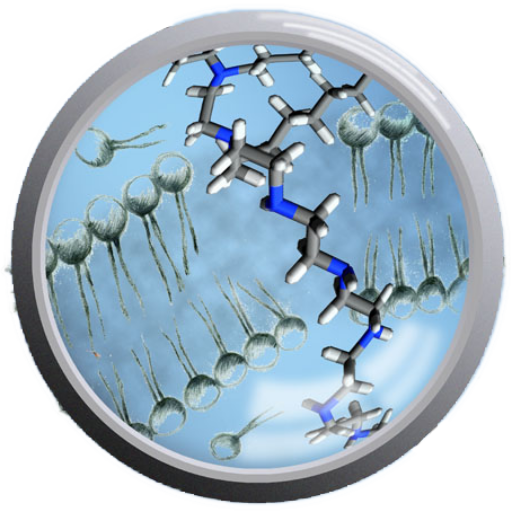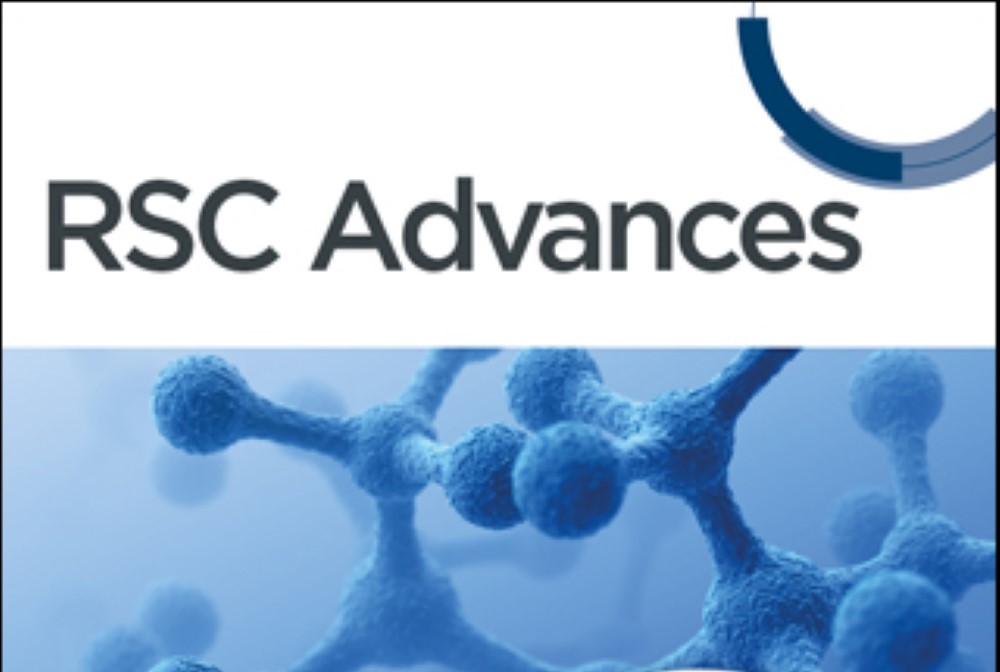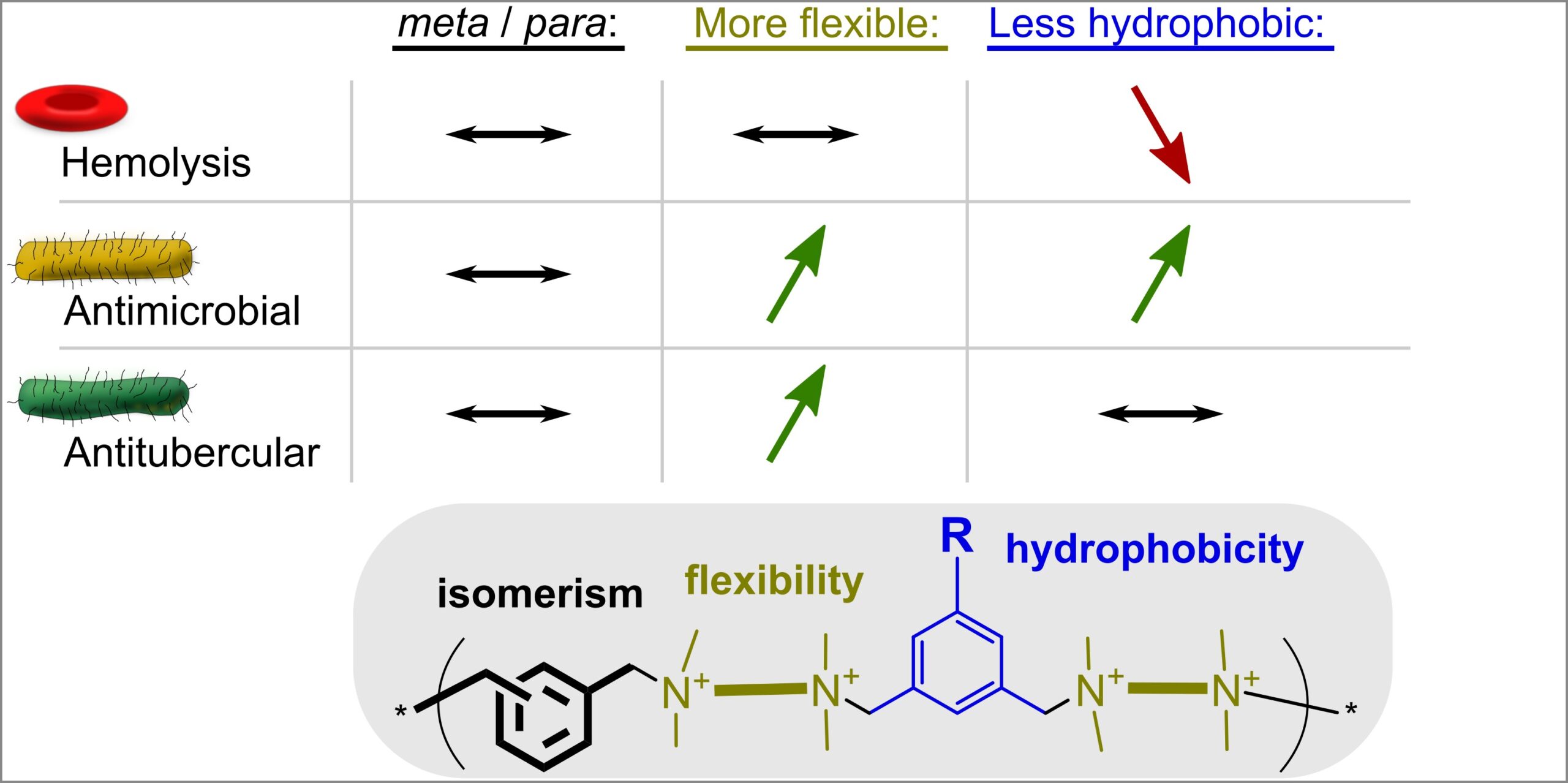by
Kopiasz, R. J.; Zabost, A.; Myszka, M.; Kuźmińska, A.; Drężek, K.; Mierzejewska, J.; Tomaszewski, W.; Iwańska, A.; Augustynowicz-Kopeć, E.; Ciach, T.; Jańczewski, D.
The spread of antibiotic-resistant pathogens and the resurgence of tuberculosis disease are major motivations to search for novel antimicrobial agents. Some promising candidates in this respect are cationic polymers, also known as synthetic mimics of antimicrobial peptides (SMAMPs), which act through the membrane-lytic mechanism. Development of resistance toward SMAMPs is less likely than toward currently employed antibiotics; however, further studies are needed to better understand their structure–activity relationship. The main objective of this work is to understand the cross-influence of hydrophobicity, main-chain flexibility, and the topology of ionenes (polycations containing a cationic moiety within the main-chain) on activity. To fulfill this goal, a library of ionenes was developed and compared with previously investigated molecules. The obtained compounds display promising activity against the model microorganisms and drug-resistance clinical isolates, including Mycobacterium tuberculosis. The killing efficiency was also investigated, and results confirm a strong effect of
hydrophobicity, revealing higher activity for molecules possessing the flexible linker within the polymer main-chain.


